Boeing’s Starliner reached the ISS. It now faces return challenges. The mission launched on June 5. Williams and Wilmore are on board.
Technical issues delay the return. Space travel is complex. NASA and Boeing are fixing problems. Safety is key. This may affect future missions. The launch was still a big step for Boeing.
Boeing’s Starliner: A Reusable Spacecraft
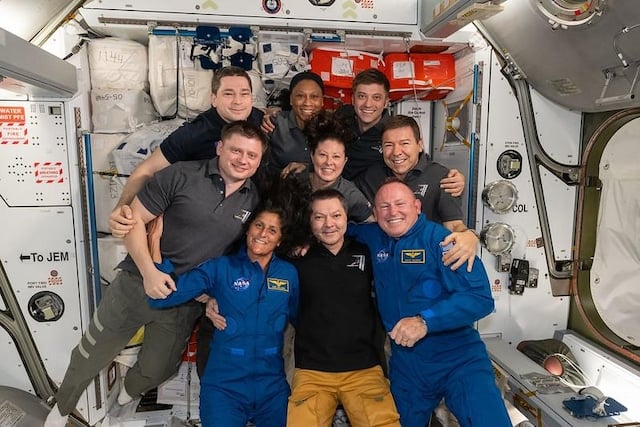
What is the Starliner? It’s Boeing’s reusable spacecraft. It can carry seven people. The design is innovative. It can be reused ten times. Starliner aims to change space travel.
NASA supports this project. It could make space trips cheaper. The craft has modern features. It’s a new step in space tech. Commercial space activity may grow.
Mission Details and Crew Information
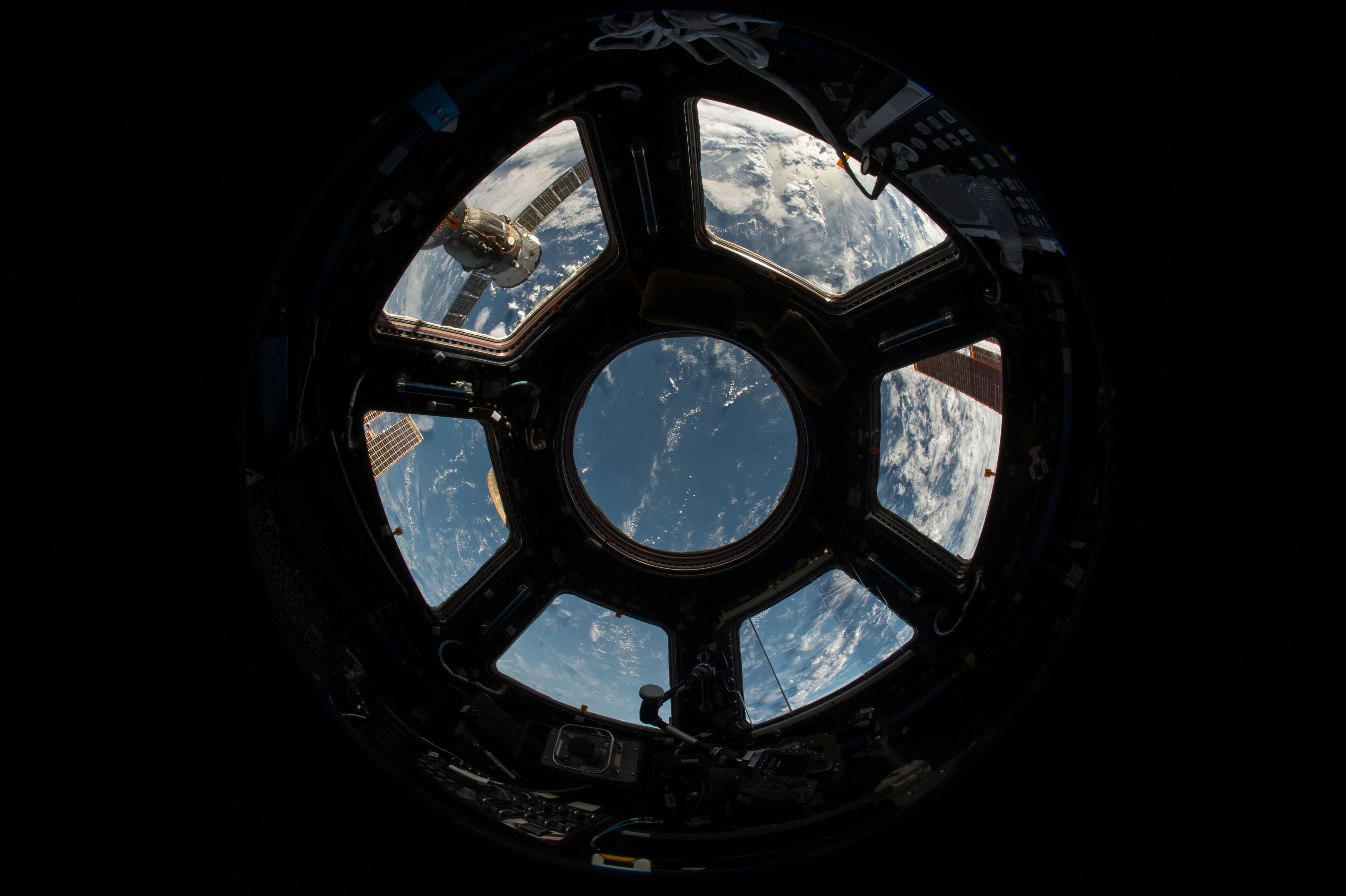
Starliner docked on June 6. It had leaks and thruster issues. Williams is the pilot. Wilmore is the commander. Both are very experienced.
This mission tests Starliner. The crew handles tough situations. Their input will improve Starliner. There are 87 test goals. The crew stays focused despite problems.
Sunita Williams: Pioneering Space Achievements
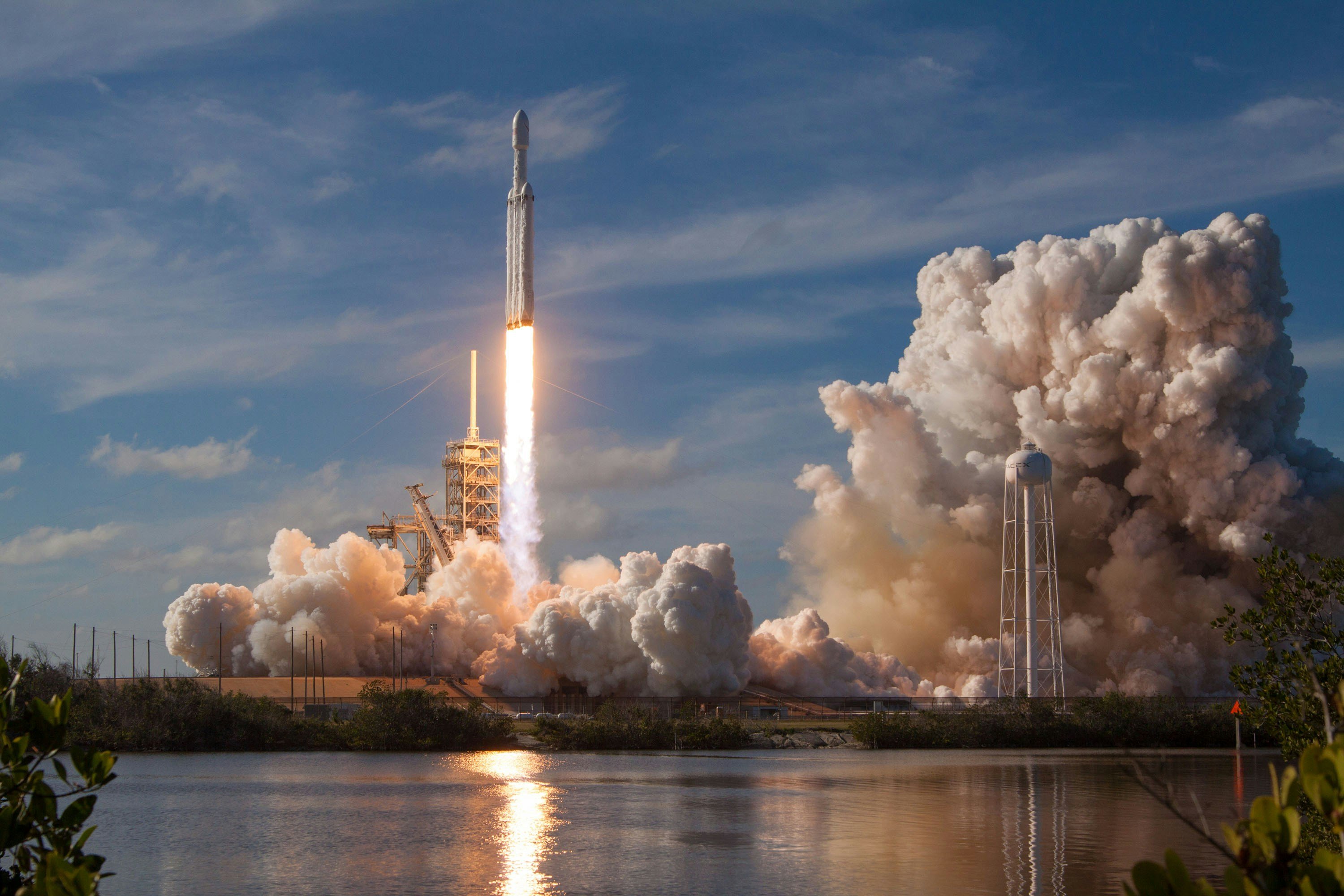
Williams did a space triathlon. She ran a marathon in space. She joined NASA in 1998. She’s been on many missions. Her career is impressive.
She’s spent 322 days in space. She holds a spacewalk record. She’s perfect for this mission. Her skills help solve problems. She inspires future astronauts.
Butch Wilmore: Veteran Space Commander
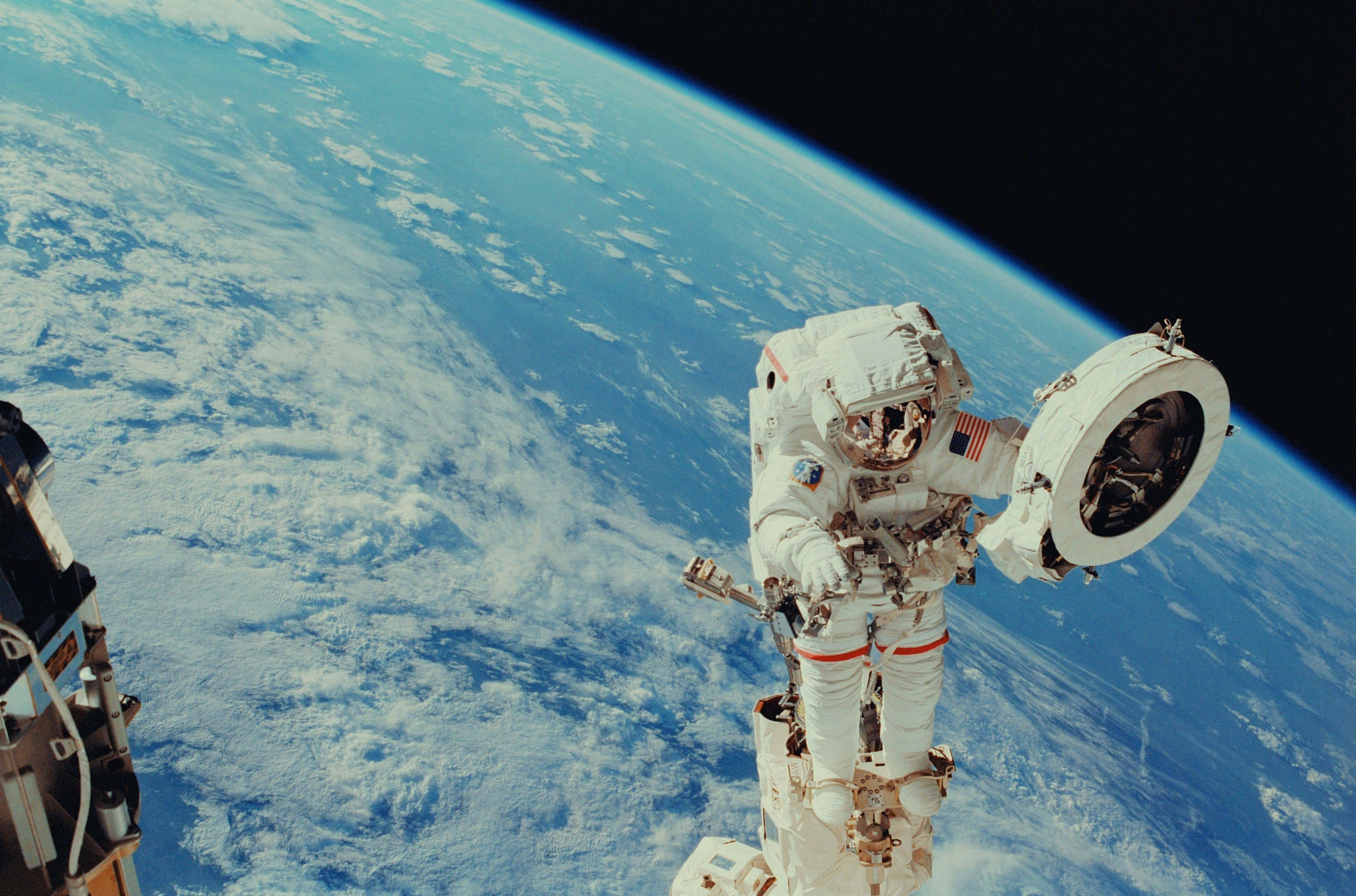
How skilled is Wilmore? He’s a former Navy Captain. He’s spent 178 days in space. This is his third ISS trip. He has engineering degrees. He mixes military and academic skills.
His knowledge helps this mission. He’s done four spacewalks. He leads well in tough times. He knows the ISS well. He’s calm under pressure.
Technical Issues Delay Earth Return
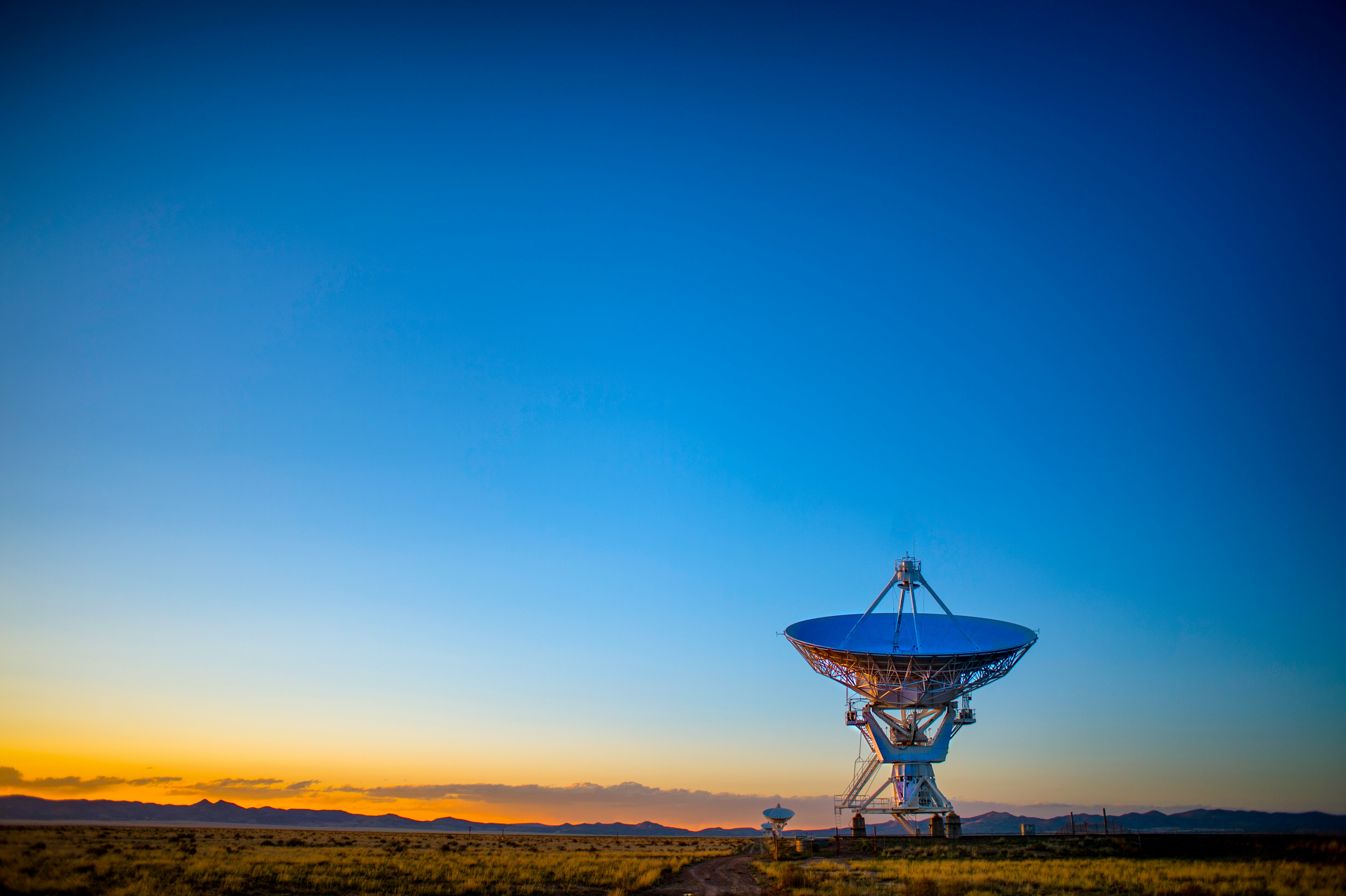
Leaks and thruster problems appeared. The June 26 return was delayed. Engineers are fixing issues. All systems must work. Safety comes first.
Space tech is tricky. Each problem needs careful study. The delay allows for repairs. It tests the team’s skills. This helps future missions.
Extended Stay: Impact on Resources

The stay will be 20 days now. It’s longer than planned. The ISS has enough supplies. Resources will last four months. Starliner can stay docked 45 days.
This allows more testing. The crew can do more experiments. It shows the ISS can handle changes. It tests the crew’s readiness. It helps plan future long missions.
Safety Measures and Contingency Plans
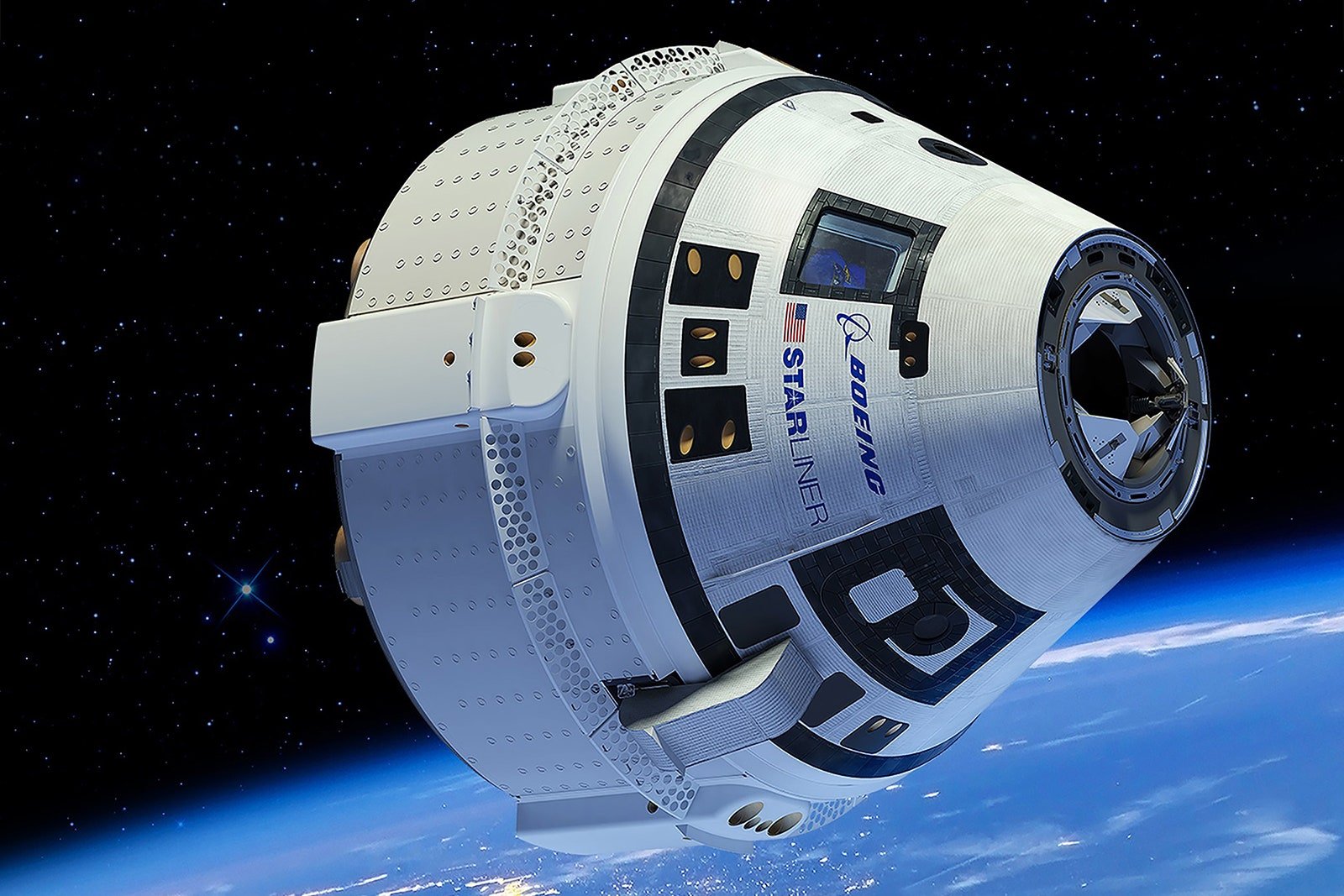
Can Starliner handle emergencies? It can return if needed. NASA and Boeing check everything. Safety is the top priority. They’ll only return when it’s safe. Starliner has good life support.
There are plans for emergencies. The crew trains for problems. Ground teams watch closely. This tests safety procedures.
Precedents for Extended Space Missions
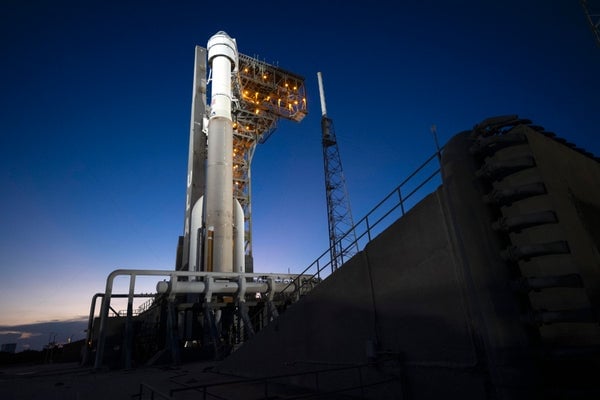
Have missions lasted longer before? Yes, it has happened. Rubio spent a year in space. This shows we need reliable ships. Safety checks are crucial.
We learn about living in space. Astronauts adapt well. It helps plan future long trips. The ISS is flexible. Each long mission teaches us more.
Current Mission Progress and Challenges
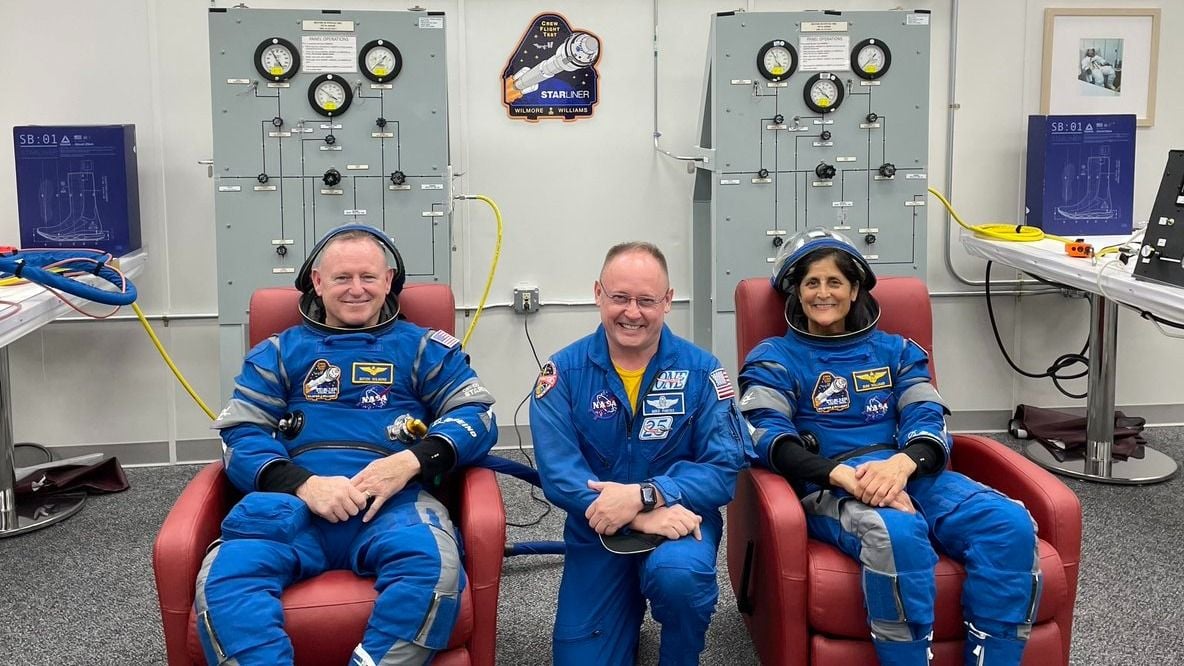
Starliner completed 77 of 87 tests. Fixing issues is the main goal. Boeing faces quality concerns. They must solve these problems. Future missions depend on this.
What can we learn? Each test helps improve. Challenges can lead to better design. People watch how Boeing responds. It may affect NASA’s future plans.


